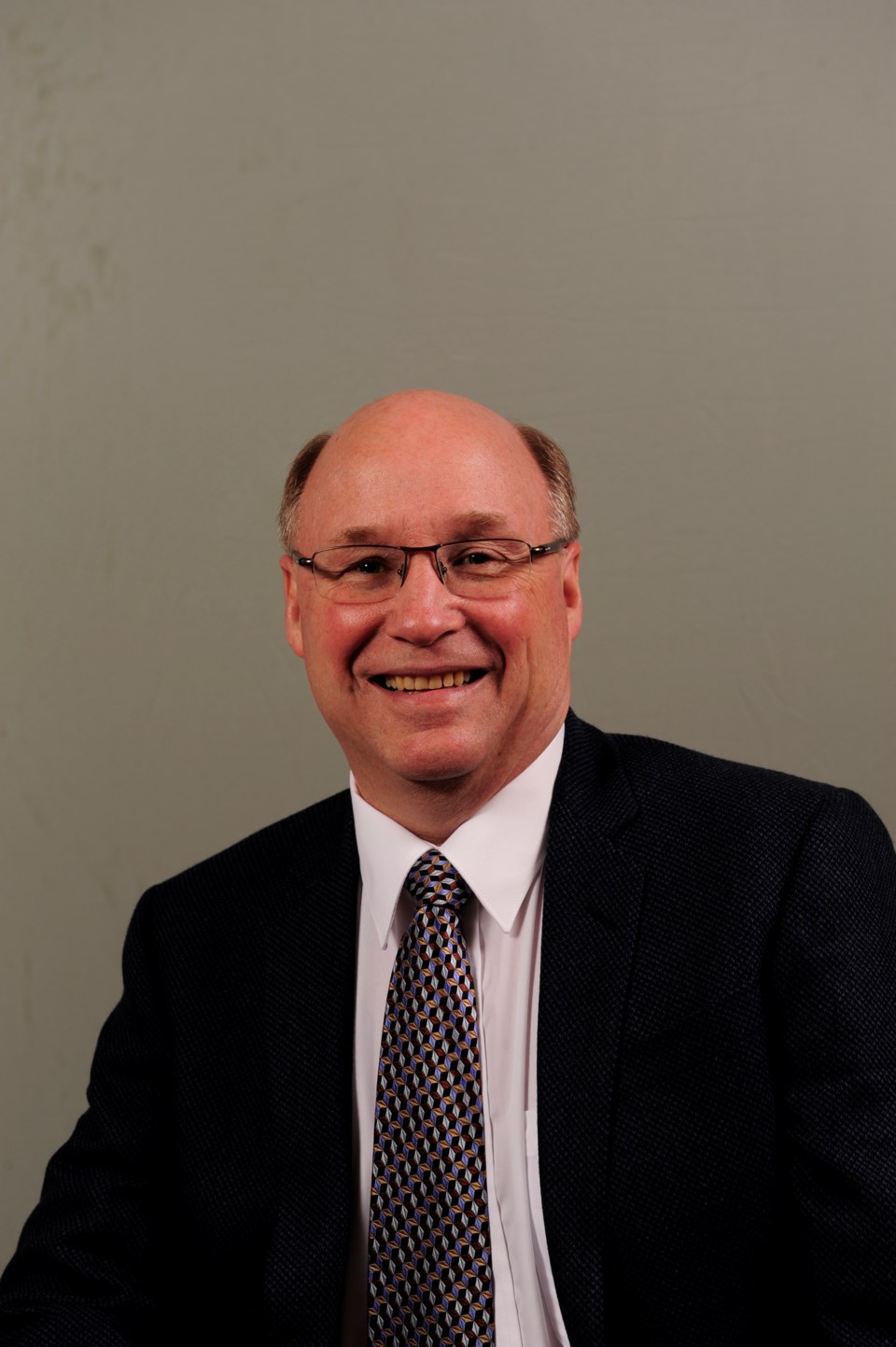Estevan– Estevan chiropractor Dr. Robert Kitchen is the Conservative candidate for the Souris-Moose Mountain constituency in the upcoming Oct. 19 federal election. Pipeline News posed these energy-related questions to Kitchen, who, if elected, would represent the entire southeast Saskatchewan oilpatch. He responded by email.
Pipeline News:Rail transportation is federally regulated, and thus crude-by-rail falls under federal responsibility. Saskatchewan was in the process of seeing sizeable second-phase crude-by- rail development, with substantial facilities in the works for Kerrobert and Northgate, until the price of oil plummeted.¬Ý What should be the role of crude-by-rail? Should it be encouraged? Regulated out of existence?
Dr. Robert Kitchen: Railway Transportation is federally regulated. Crude oil by rail has increased to meet production increases. The Federal government has introduced legislation to ensure oil tank cars meet environmental and safety standards. Older tanker cars are –°¿∂ ”∆µ retired and new tanker cars need to be double-hulled.
Moving oil-by-rail is a reality that isn’t going away. Recent changes introduced by government include speed limits in communities, changing routing patterns to skirt highly populated areas and implementing mandatory breaking systems.
Oil is transported by rail as pipeline capacity is currently at a peak and as the capacity to move oil improves with new pipelines. I suspect the economic and environmental impetus to reduce oil activity by rail may occur.
P.N.: Crude-by-rail plays closely into the pipeline debate. If we can’t build pipelines, the industry will turn to rail. What is your take on that?
Kitchen: In order to move oil we need both pipelines and rail. In southeast Saskatchewan we see oil transported by truck, by pipeline and by rail because of geography and there is a need for all three.
P.N.: Pipelines have been a major issue during the last six years. What is it going to take to get a major pipeline, any pipeline, built in this country?
Kitchen: We have been successfully building pipelines in Canada for the past 60 plus years. With respect to Northern Gateway, Kinder Morgan and Energy East there is a review process underway. This process involves regulatory, environmental, affected communities, First Nations, NEB hearings and so forth. These are fair and objective steps that with the support from all participants could allow for pipelines to be built.
P.N.: TransCanada’s Keystone XL has been stymied by President Obama. What does this mean for the energy sector and Canada-US relations?
Kitchen: As Premier Wall recently stated this isn’t good, but U.S.-Canada relations will continue to evolve and move forward as we are neighbours with common interests. We see Canadians and Americans crossing the border daily to conduct business and visit friends and family. This will continue irrespective of bigger political decisions that are in play.
P.N: In lieu of American dithering on Keystone XL, the Conservative government came out strongly in favour of the Enbridge Northern Gateway project. Now that enthusiasm seems to have waned. What should happen with regards to Northern Gateway?
Kitchen: The National Energy Board conducted four years of hearings incorporating all interested parties and their conclusion was that Northern Gateway is still a viable project if some 209 conditions are met. The federal government accepted the NEB findings and has stated it is up to the proponents of the pipeline to ensure these conditions are met.
P.N: The one pipeline that will have the most impact on the Saskatchewan oilpatch is the proposed TransCanada Energy East. Its planning includes a terminal near Moosomin that would accept Saskatchewan oil (via a lateral from Enbridge’s Cromer terminal) as well as North Dakota oil via the proposed Upland pipeline. What is your take on Energy East?
Kitchen: Energy East should be built. There is a regulatory process and application that needs to be completed. As the MP for Souris-Moose Mountain, I will ensure that the process is objective and meets the needs of all parties. I would add that once a conclusion has been reached, then a decision needs to be made. We can’t have a process that goes on forever.
P.N.: The federal government contributed $240 million to the Boundary Dam Integrated Carbon Capture Project. This riding is the home of the largest carbon capture project of its type in the world. What path should Canada take on greenhouse gasses? Should carbon capture be a big part of it?
Kitchen: The carbon capture project is technology designed to reduce emissions from coal generated power creation on the one hand, and to enhance oil extraction and carbon storage on the other. This is a realistic approach to dealing with the fact that we use fossil fuels to generate power for industry, business, farms and for our homes. It is a made in Saskatchewan project to reduce some greenhouse gasses which I think can be adopted by other coal generating power facilities around the world. ¬Ý




